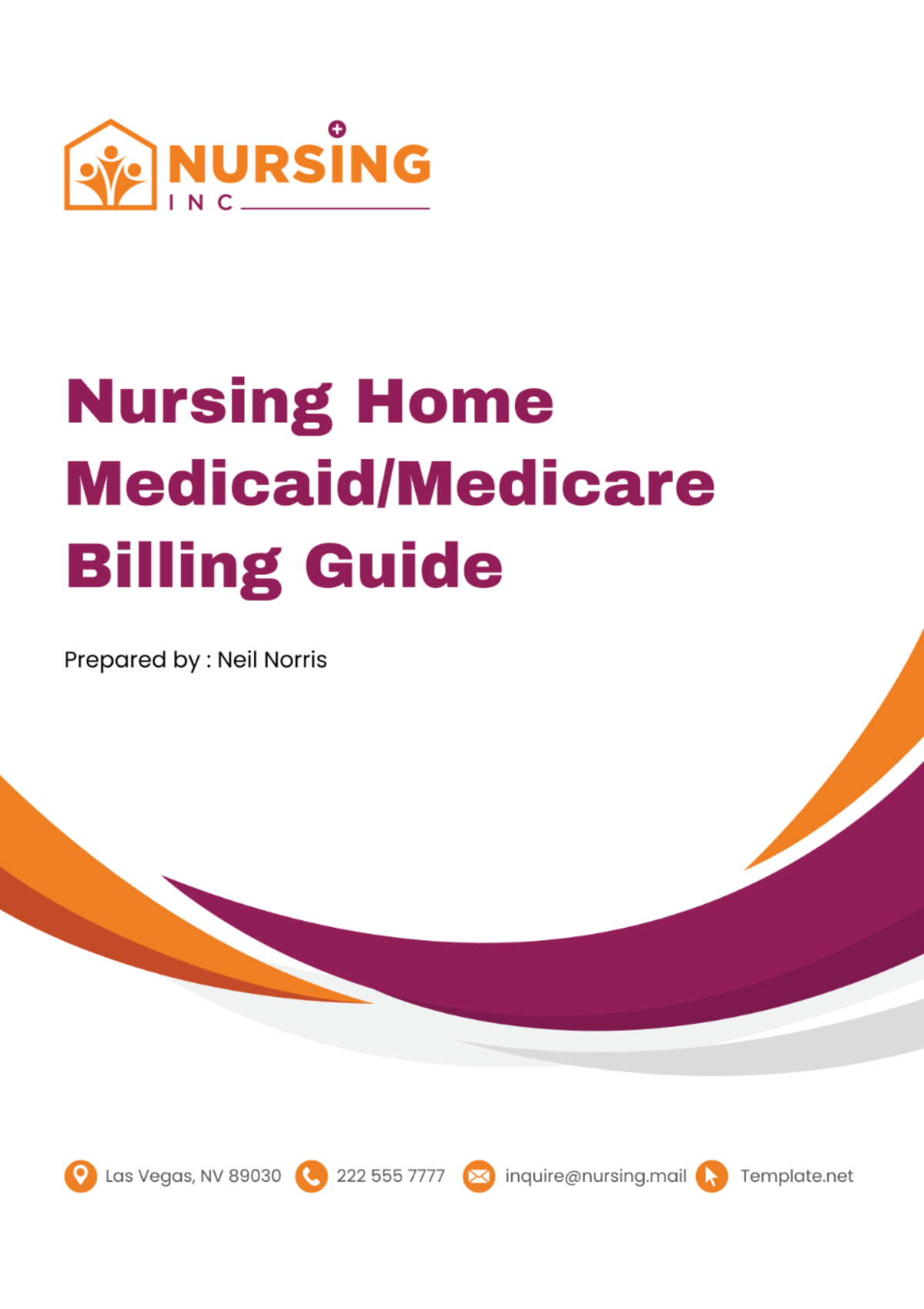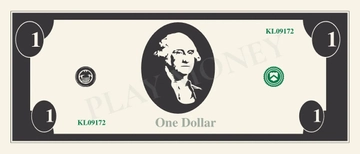Free Nursing Home Medicaid/Medicare Billing Guide

A. Guide Background and Purpose
This guide is meticulously crafted for healthcare providers operating within nursing home settings, aiming to facilitate accurate and efficient billing processes for Medicaid and Medicare services. As a vital resource, it empowers you with essential information on eligibility criteria, coverage nuances, and billing protocols, enabling seamless navigation through the complexities of reimbursement procedures. With a focus on aligning with US law and standards, this guide serves as a cornerstone for ensuring that you receive appropriate compensation in a timely manner for the invaluable care provided to residents.
This comprehensive document is structured to equip you with the knowledge and tools necessary to navigate the intricacies of Medicaid and Medicare billing, promoting compliance with regulatory requirements while maximizing reimbursement opportunities. By adhering to the guidelines outlined herein, you can confidently manage billing processes, mitigate risks, and uphold the highest standards of care delivery within the nursing home environment.
B. Key to Eligibility: Criteria and Requirements
Before initiating the billing process for Medicaid and Medicare services in a nursing home setting, it is crucial to ascertain the eligibility of residents based on specific criteria and requirements. This section provides essential insights into the key factors determining eligibility, ensuring a thorough understanding of the following:
Resident Demographics: Assessing age, gender, and origin to confirm eligibility status for Medicaid and Medicare coverage.
Financial Qualifications: Exploring the financial considerations and thresholds associated with Medicaid and Medicare eligibility, guiding providers in navigating the intricacies of financial assessments.
Medical Necessity: Understanding the concept of "Medical Necessity" and its implications for determining coverage under Medicaid and Medicare, enabling providers to discern whether the services rendered align with the criteria for reimbursement.
C. Understanding Coverage and Benefits
In navigating the intricacies of Medicaid and Medicare billing for nursing home services, it is imperative to have a comprehensive understanding of the coverage and benefits offered under each program. This section serves as a guide to elucidate the scope of services covered, enabling healthcare providers to ascertain the reimbursement eligibility for various types of care and treatments.
The table below outlines the coverage specifics for key services under both Medicaid and Medicare, providing a clear delineation of the extent to which essential healthcare needs are addressed. By referencing this table, providers can gain insight into the availability of coverage for services such as skilled nursing care, rehabilitation, prescriptions, and dental services, facilitating informed decision-making and ensuring optimal utilization of resources in delivering quality care to residents.
Service | Covered under Medicaid | Covered under Medicare |
|---|---|---|
Skilled nursing care | Yes | Yes |
Rehabilitation services | Yes | Yes |
Prescriptions | Yes | Yes |
Non-prescription drugs | No | No |
Dental services | Yes (Limited) | No |
D. Smooth Billing Procedures
In the realm of nursing home billing for Medicaid and Medicare services, smooth and efficient procedures are paramount to ensuring timely reimbursement and financial stability. This section delves into the essential practices and protocols that healthcare providers must uphold to navigate the billing process seamlessly. By following these guidelines, nursing homes can minimize errors, mitigate risks, and maintain compliance with regulatory standards, ultimately facilitating uninterrupted cash flow and optimal resource allocation.
Understanding coding requirements.
Adhering to documentation guidelines.
Observing submission deadlines and disciplines.
Handling queries and rejections.
Ensuring on-time claim re-submitting & follow-ups.
E. Reimbursement Rates Demystified
Reimbursement rates for Medicaid and Medicare services in nursing homes are calculated based on various factors, including geographic location, facility type, level of care provided, and specific services rendered. Rates may also be influenced by government regulations, updates to fee schedules, and changes in healthcare policies. Typically, reimbursement rates are determined through a combination of fixed rates, prospective payment systems (PPS), and fee-for-service models.
Providers can expect to receive different rates for each service provided, depending on whether it falls under Medicaid or Medicare coverage. Skilled nursing care and rehabilitation services, for example, are reimbursed at predetermined rates established by Medicare's PPS, which considers factors such as resource utilization, patient acuity, and geographic wage indices. Prescription drugs may be reimbursed based on actual acquisition costs or through predetermined rates set by Medicaid or Medicare.
The table below offers a comprehensive breakdown of reimbursement rates for services covered under both Medicaid and Medicare within nursing home settings. By referencing this detailed breakdown, providers can gain clarity on the compensation they're likely to receive for each service offered. This knowledge empowers informed decision-making regarding resource allocation, billing strategies, and financial planning for sustainable care delivery.
Service | Medicaid Reimbursement Rate | Medicare Reimbursement Rate |
|---|---|---|
Skilled Nursing Care | Varies by state and facility | Prospective Payment System (PPS) based on Resource Utilization Groups (RUGs) |
Rehabilitation Services | Varies by state and facility | Prospective Payment System (PPS) based on Resource Utilization Groups (RUGs) |
Prescriptions | Actual acquisition costs or predetermined rates set by Medicaid or Medicare | Actual acquisition costs or predetermined rates set by Medicaid or Medicare |
Non-prescription Drugs | Not Covered | Not Covered |
Dental Services | Limited coverage under Medicaid | Not Covered |
This breakdown provides clarity on the reimbursement rates applicable to each service, enabling nursing home providers to make informed decisions regarding resource allocation, billing strategies, and financial planning.
F. Maintaining Documentation
Documentation is paramount in nursing home billing for Medicaid and Medicare services, ensuring compliance with regulatory standards and substantiating claims for reimbursement. This section emphasizes the importance of maintaining meticulous records across various aspects of resident care. From updated assessments and care plans to detailed medical records and additional documentation, each element plays a crucial role in supporting the services rendered and facilitating accurate billing practices. This list outlines the types of documentation essential for effective billing and reimbursement processes within the nursing home environment.
Resident assessments - Keep a record of updated assessments of all residents.
Care plans - Maintain a thorough record of every resident's care plan.
Medical records - Detailed medical records are crucial for substantiating claims.
Additional documentation - Any relevant documentation supporting the services rendered.
G. Stressing on Compliance and Audits
In the realm of nursing home billing for Medicaid and Medicare services, compliance with regulatory standards is non-negotiable. This final chapter of our guide delves into the critical aspects of adherence to best practices in billing, fraud prevention, and reporting responsibilities. By providing guidance on navigating potential challenges associated with compliance and audits, this section empowers healthcare providers to uphold ethical standards while navigating the complexities of healthcare provision. From implementing robust internal controls to fostering a culture of transparency and accountability, this chapter equips providers with the knowledge and tools necessary to ensure integrity and compliance within the nursing home environment.
- 100% Customizable, free editor
- Access 1 Million+ Templates, photo’s & graphics
- Download or share as a template
- Click and replace photos, graphics, text, backgrounds
- Resize, crop, AI write & more
- Access advanced editor
Streamline your billing processes with the Nursing Home Medicaid/Medicare Billing Guide Template from Template.net. This editable and customizable template provides detailed instructions and guidelines for accurately processing Medicaid and Medicare claims, ensuring compliance and timely reimbursements. Editable in our Ai Editor Tool, it's essential for reducing errors, facilitating smooth financial operations, and ensuring your nursing home receives the appropriate funding for the services provided to residents.





























